Sainte-Maure de Touraine Cheese Guide: Taste, Wine Pairings, and More
Sainte-Maure de Touraine is a traditional French goat cheese that stands out for its elegant log shape, delicate flavors, and signature straw piercing its center. Produced in the Loire Valley, this cheese carries centuries of artisanal heritage in every bite.
The first time I tried cutting into this cheese, I noticed a stick in the middle of it. It looked like a cheese Popsicle. It turned out to be a straw, not a stick, and it is used to help the cheese form during the aging process.
Cheesemakers craft it using raw goat’s milk, allowing it to develop a creamy yet slightly crumbly texture as it ripens. Its rind, coated with ash and mold, adds a subtle earthy note and protects the soft, white interior.
As it ages, Sainte-Maure de Touraine becomes more complex. Young wheels offer a tangy freshness, while mature ones develop nutty, savory undertones.
The straw running through the center isn’t just decorative—it bears the cheese’s name and ensures structural stability during aging. Since 1990, this cheese has been recognized with AOC (Appellation d’Origine Contrôlée) status, reflecting the unique terroir of its region.
Home cooks and chefs alike use Sainte-Maure de Touraine in everything from elegant cheese boards to warm tartines. It pairs beautifully with white wines from the Loire Valley, such as Sauvignon Blanc or Sancerre.
Whether served simply with crusty bread or melted into a dish, this cheese offers a taste of French tradition that continues to charm palates worldwide.
Characteristics
Characteristic | Description |
Milk Source | Raw goat’s milk |
| Texture | Creamy when young; crumbly and denser as it ages |
| Aging | Minimum 10 days; can age several weeks |
| Flavor | Tangy, nutty, slightly salty, earthy |
| Aroma | Mildly goaty, grassy, with hints of cellar |
| Rind | Natural rind coated in ash and bloomy mold |
| Interior | Bright white, dense; dries and brittles with age |
| Size | 16–18 cm long; approx. 250 g (9 oz) |
| Versatility | Cheese boards, salads, toasts, pairs with fruit or honey |
| Region | Loire Valley, France (Touraine) |
| AOC/Protected Status | AOC since 1990 (Appellation d’Origine Contrôlée) |
| Straw Marker | Yes — traditional rye straw runs through the center |
| Milk Treatment | Unpasteurized (raw) |
| Coagulation Type | Lactic coagulation (slow acid-set method) |
| Shape | Log-shaped cylinder with tapering ends |
| Color (Interior/Rind) | White interior; grayish-blue rind from ash/mold |
| Shelf Life | 2–3 weeks refrigerated, best eaten within 10–15 days |
| Serving Temperature | Room temperature (remove from fridge 30 mins before) |
| Traditional Season | Best from spring to early autumn |
| Diet of Goats | Often pasture-fed on local grasses and herbs |
| Culinary Uses | Grilled on toast, crumbled in salad, on cheese boards |
Serving & Wine Suggestions
Serving Suggestion | Description | Wine Pairing |
| Simply sliced with crusty bread | Let the cheese shine with a fresh baguette or rustic country loaf | Sancerre (Sauvignon Blanc) |
| With honey and walnuts | Drizzle with acacia honey and sprinkle crushed walnuts for a sweet-savory contrast | Vouvray (Chenin Blanc, off-dry) |
| On a cheeseboard with dried fruit | Add figs, apricots, or raisins to highlight the cheese’s tang and enhance visual appeal | Pouilly-Fumé (Sauvignon Blanc) |
| Crumbled over salads | Adds creamy texture and bright acidity to beet, arugula, or citrus-based salads | Quincy or Menetou-Salon |
| With fresh herbs and olive oil | Serve rounds topped with thyme or tarragon and a drizzle of olive oil | Touraine Sauvignon |
| Baked in phyllo or pastry | Wrap slices in phyllo or puff pastry and bake until golden for an elegant appetizer | Cremant de Loire (sparkling) |
| With roasted vegetables | Place warm slices atop roasted beets, carrots, or zucchini | White Chinon (rare but ideal) |
| Served with fresh pears or apples | Bright, juicy fruit balances the cheese’s earthy and tangy character | Dry Muscadet or a Loire Chardonnay |
History
Sainte-Maure de Touraine has a rich and storied history that dates back to at least the Middle Ages, with some legends linking its origins to the 8th century.
According to local lore, after the defeat of the Moors at the Battle of Poitiers in 732, some Arab women settled in the Loire Valley and passed on goat-rearing and cheesemaking techniques to the local population. While the story may be apocryphal, it reflects the region’s long-standing connection to goat cheese production.
The cheese takes its name from the town of Sainte-Maure in the Touraine region of central France. This area is known for its ideal goat-raising climate and limestone-rich soil, which gives the milk a distinct mineral quality. For centuries, local farmers and cheesemakers produced Sainte-Maure by hand using traditional methods, often selling it in open-air markets. It wasn’t until 1990 that Sainte-Maure de Touraine earned the prestigious Appellation d’Origine Contrôlée (AOC) designation, which officially recognized and protected its regional identity and artisanal production methods.
This designation requires the cheese to be made from raw goat’s milk, shaped into a log, coated with ash, and pierced with a rye straw bearing identification. The AOC helped preserve its legacy and ensured its continued authenticity.
Production Method
One of the most fascinating aspects of Sainte-Maure de Touraine is its traditional production methods, which have been passed down through generations of cheesemakers. The cheese undergoes a meticulous aging process, typically lasting between four to six weeks, during which it is carefully turned and salted to ensure even maturation. This hands-on approach to cheesemaking contributes to the cheese’s exceptional quality and unique character.
Sainte-Maure de Touraine is not just a cheese; it’s a cultural icon that reflects the terroir and traditions of the Loire Valley. It has earned AOC (Appellation d’Origine Contrôlée) status, a prestigious designation that guarantees the cheese’s origin and adherence to strict production standards.
Whether enjoyed on its own, paired with fresh fruits or crusty bread, or incorporated into various dishes, Sainte-Maure de Touraine is a true gourmet delight that captures the essence of French culinary excellence.

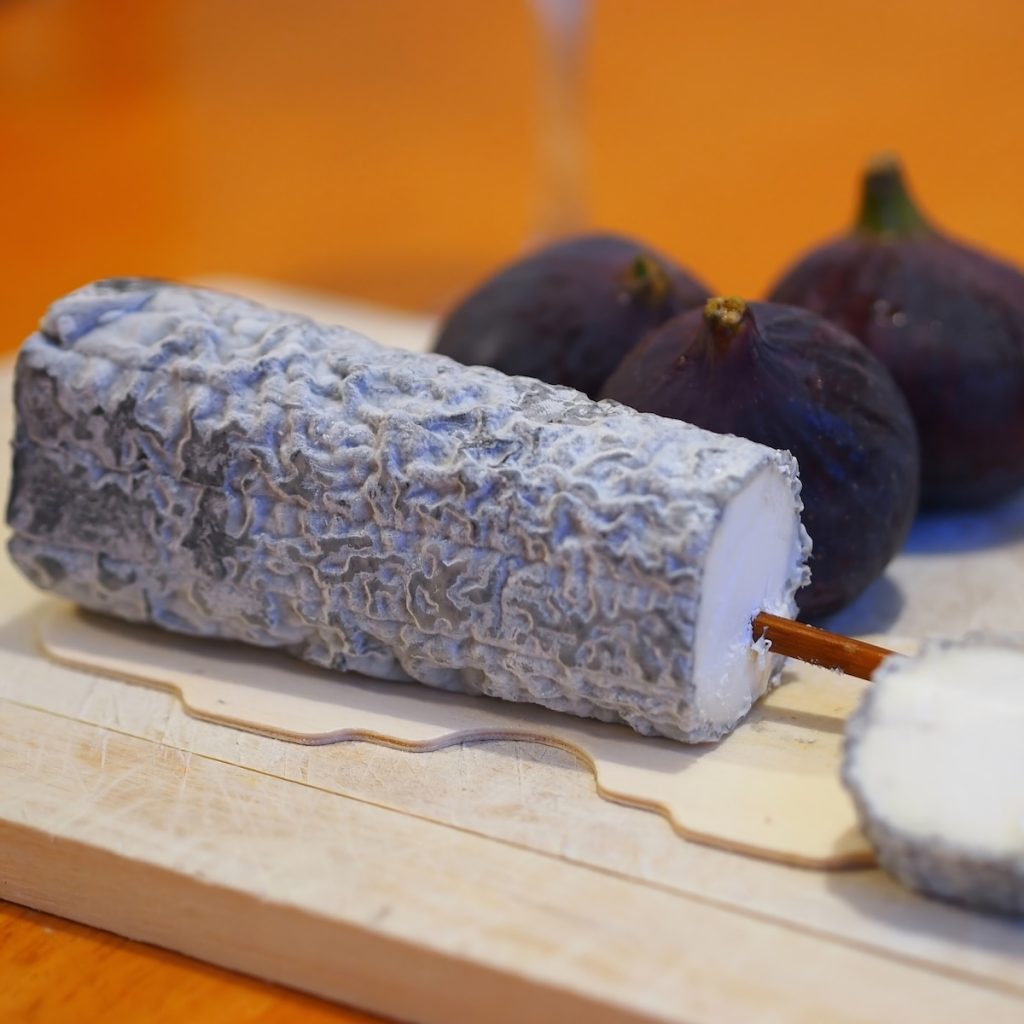
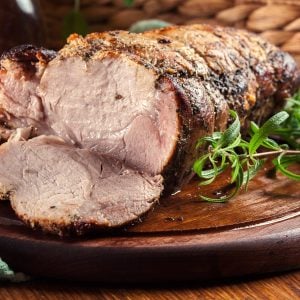
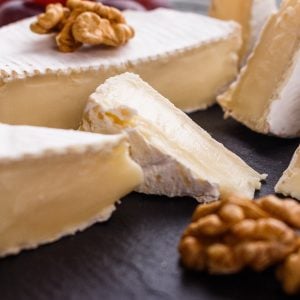
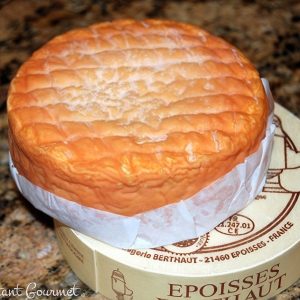
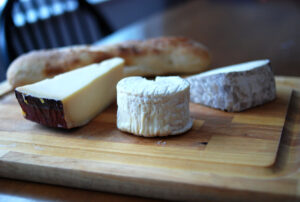

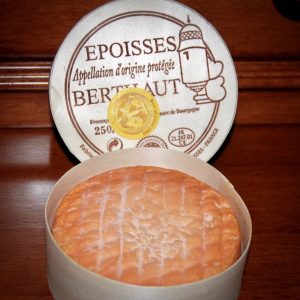
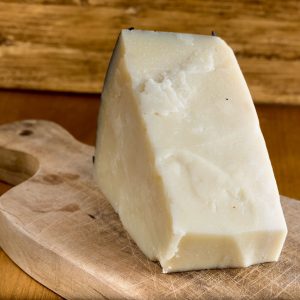

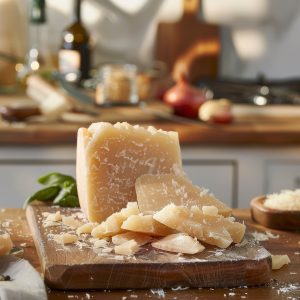


One Response
It’s not unique at all in the Loire Valley and Tourraine. There are hundreds of goat-cheese variations, some very famous (la Couronne Lochoise, Le Crottin de Chavignol, Le Valencai, Le Pouligny-Saint-Pierre, Le Selles-sur-Cher, to name some, most in very particular shapes), other just locally known.
Cheers
Georg